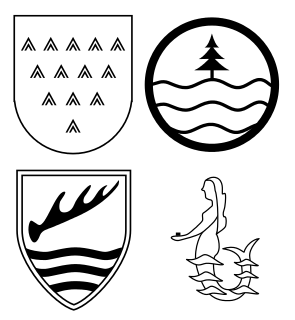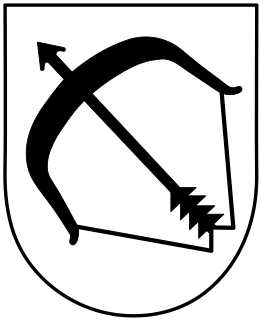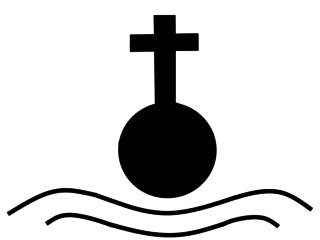The German 10th Infantry Division was created in October 1934 under the cover name Wehrgauleitung Regensburg to hide its violation of the Treaty of Versailles. It was renamed the 10th Infantry Division when the establishment of the Wehrmacht was announced publicly in October 1935.
The German 206th Infantry Division, was a military unit that served during World War II. Like most German infantry units it had no motorization, and relied on leg and horse mobility.

The 60th Infantry Division was formed in late 1939, from Gruppe Eberhardt, a collection of SA units that had been engaged in the capture of Danzig during the Invasion of Poland. This division was unusual in that its manpower was largely drawn from the SA and the police.

The 334th Infantry Division was a German Army infantry division in World War II. Originally formed in November 1942, it surrendered to the Allies at the conclusion of the Tunisian Campaign in May 1943. The division was reconstituted on 3 June 1943 in France within the 1st Army, with the staff of the 80th Infantry Division as well as remnants of the old division and replacement units. It spent the remainder of the war serving on the Italian Front.
This is the complete order of battle of Allied and German forces involved during Operation Market Garden.
The 719th Infantry Division was a German Army division of World War II.
The 1st Naval Infantry Division was formed in February 1945 in Stettin from Marine-Schützen-Brigade Nord. Replacement troops were provided by 1. Marine-Infanterie-Ersatz- und Ausbildungs-Bataillon located in Lübberstedt bei Wesermünde. Activated from Kriegsmarine forces it fought on the northern flank of the German line on the Oder river until the end of the war.

The 26th Infantry Division was a pre-World War II German Infantry Division of the 1st mobilisation wave. It was mobilised for World War II on September 26, 1939, disbanded on September 10, 1944, near Radom and reformed as the 26th Volksgrenadier Division on September 17, 1944, near Poznań by absorption of the new 582nd Volksgrenadier Division of the 32nd mobilisation wave. Remnants of the Division entered U.S. captivity in the Harz region in 1945.

The 28th Jäger Division was a German military unit during World War II.
The 21st Infantry Division was a German military unit which fought during World War II.

The 305th Infantry Division was a German Army unit that saw extensive, front-line action during World War II. This division was present at the Battle of Stalingrad, the Battle of Monte Cassino, and surrendered to U.S. Army's 88th Infantry Division in Northern Italy near Trento in late April 1945.

The 162nd Turkistan Division was a military division that was formed by the German Army during the Second World War. It drew its men from prisoners of war who came from the Caucasus and from Turkic lands further east.

The 15th Infantry Division was an infantry division of the German Army during the interwar period and World War II, active from 1934 to 1945.
The 708th Infantry Division was a German Army infantry division in World War II.

The 50th Infantry Division was a German division in World War II. It was formed on 26 August 1939 from the Grenzkommandantur Küstrin.

The 214th Infantry Division was a German division in World War II. It was formed on 26 August 1939.

The 81st Infantry Division was an infantry division of the German Army during World War II.

The 75th Infantry Division was a German infantry division in World War II. It was formed on 26 August 1939.
The 134th Infantry Division was a German division in World War II. It was formed in October 1940.
123rd Infantry Division was a unit of the Wehrmacht during World War II.











